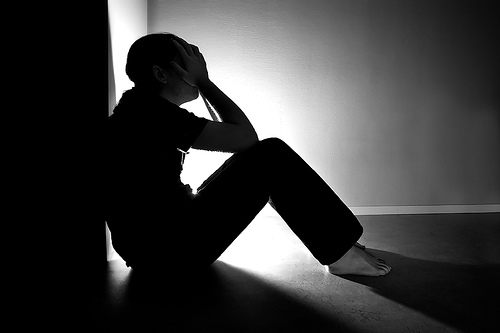
Animal Models of Anhedonia
March 15, 2003
Rethinking the Maltese Mental Health Service
March 1, 2014Maintenance Electroconvulsive Therapy in Treatment-Resistant Schizophrenia
Maintenance Electroconvulsive Therapy in a Patient with Treatment-Resistant Paranoid Schizophrenia and Comorbid Epilepsy
Beppe Micallef-Trigona, Joseph Spiteri - Case Rep Psychiatry. 2012; 2012: 374752. Published online 2012 July 3. doi: 10.1155/2012/374752
Abstract
The treatment of choice for acute schizophrenia is antipsychotic drug treatment and electroconvulsive therapy and should only be considered as an option for treatment-resistant schizophrenia, where treatment with clozapine has already proven ineffective or intolerable. The use of electroconvulsive therapy as a maintenance treatment for patients with schizophrenia and comorbid epilepsy is uncommon as scant evidence exists to support this. We describe a patient with a serious case of paranoid schizophrenia and comorbid epilepsy who had not responded to typical and atypical antipsychotic medication, but responded remarkably to acute electroconvulsive therapy and required maintenance electroconvulsive therapy to sustain a positive therapeutic response.
Introduction
Electroconvulsive therapy has been recognized as an effective treatment option in the treatment of acute schizophrenia. However it is usually limited to use as a fourth line option, that is, an option for treatment-resistant schizophrenia after treatment with two different antipsychotics as well as clozapine has proved to be ineffective or the patient has been unable to tolerate such treatment. Nonetheless, even in these cases, the use of electroconvulsive therapy has been questioned and in fact, NICE guidelines specify that “the current state of the evidence does not allow the general use of electroconvulsive therapy in the management of schizophrenia to be recommended”. As a result, electroconvulsive therapy has had scarce use as a form of maintenance therapy, after the acute phase of schizophrenia, despite reports of patients showing improvement without relapse/recurrence. To add to this predicament, the use of electroconvulsive therapy in patients who also suffer from epilepsy is uncommon as there is little published data available and no guidelines for safe and effective use of electroconvulsive therapy in such patients.

